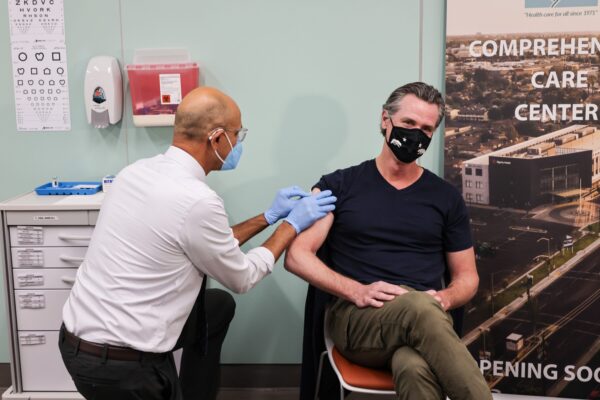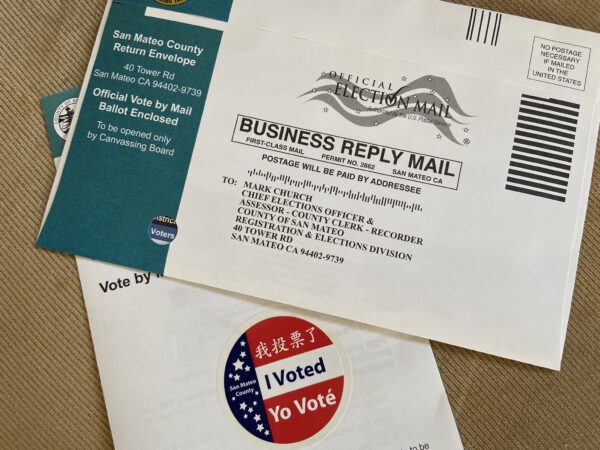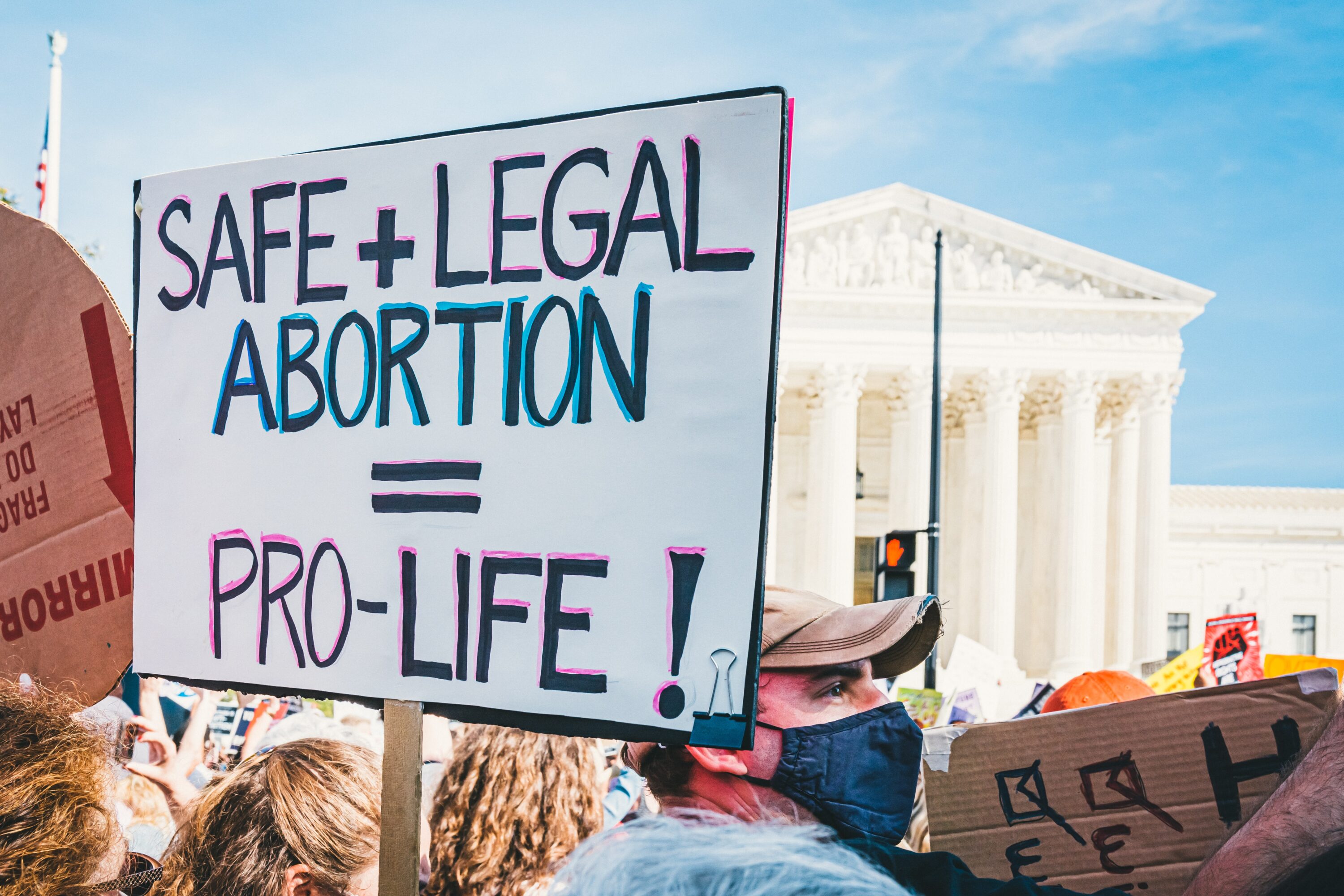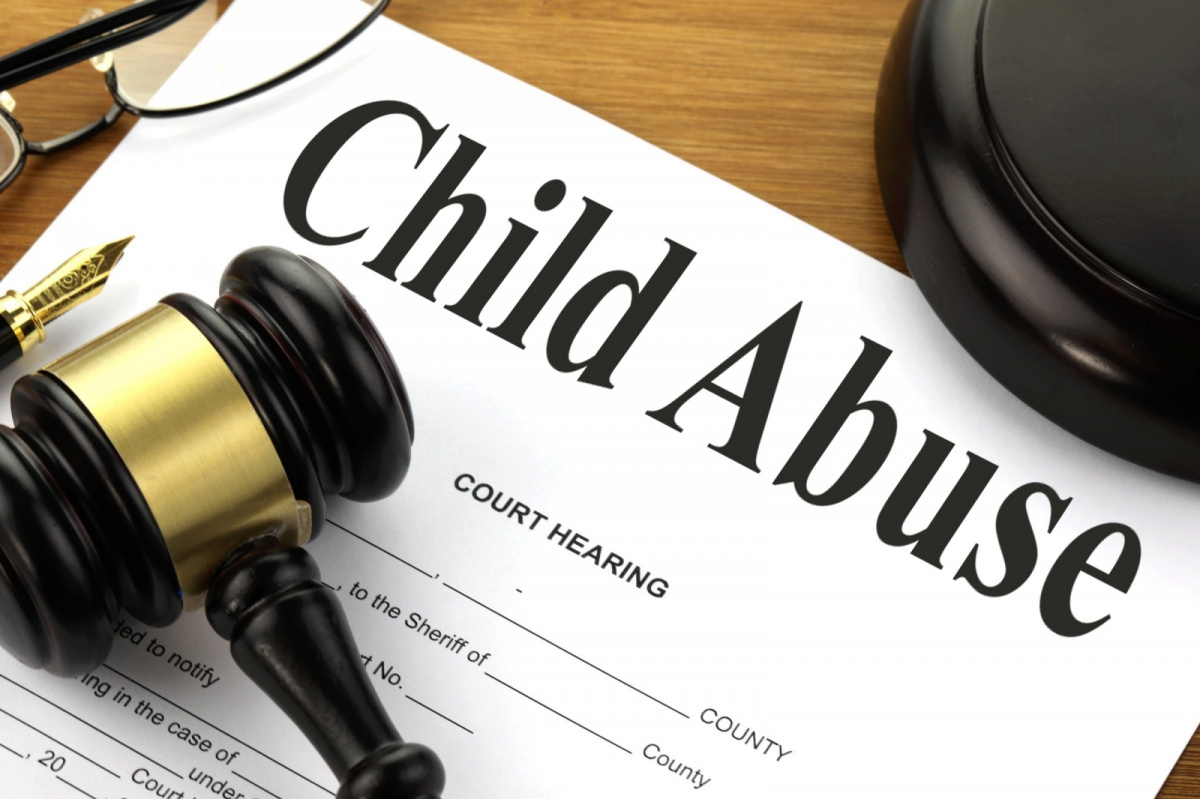California’s COVID-19 state of emergency will be lifted on Feb. 28, Gov. Gavin Newsom announced Monday, saying the timeline will ensure the state’s health care system can withstand any possible winter surge of virus infections.
According to Newsom’s office, the timeline will also give state and local officials time to prepare for the phaseout.
“Throughout the pandemic, we’ve been guided by the science and data — moving quickly and strategically to save lives,” Newsom said in a statement. “The state of emergency was an effective and necessary tool that we utilized to protect our state, and we wouldn’t have gotten to this point without it. With the operational preparedness that we’ve built up and the measures that we’ll continue to employ moving forward, California is ready to phase out this tool.”
The emergency declaration, imposed at the onset of the pandemic, was aimed at expediting state acquisition of materials such as personal protective equipment and to set up testing centers and later vaccination locations.
According to the governor’s office, the state has administered roughly 81 million vaccine doses, distributed 1 billion units of PPE and processed 186 million tests, while also allocating billions of dollars to hospitals, community groups and schools to respond to the pandemic — as well as distributing billions of dollars in stimulus payments to residents, renters and small businesses.
When the state Legislature reconvenes, Newsom will seek statutory changes allowing nurses to continue dispending COVID-19 therapeutics and continue allowing laboratory workers to solely process COVID-19 tests.
“California’s response to the COVID-19 pandemic has prepared us for whatever comes next,” state Health & Human Services Agency Secretary Dr. Mark Ghaly said in a statement. “As we move into this next phase, the infrastructure and processes we’ve invested in and built up will provide us the tools to manage any ups and downs in the future.”







